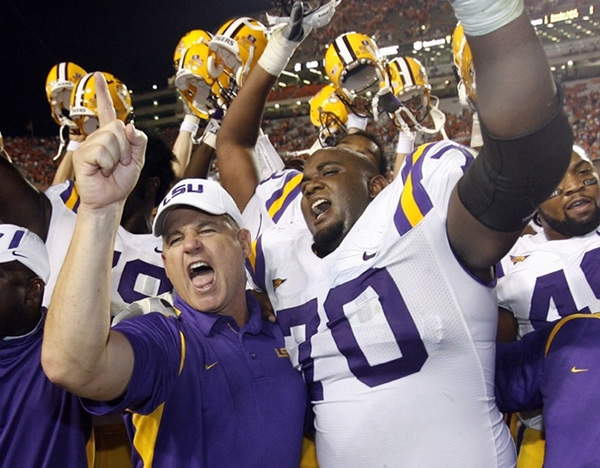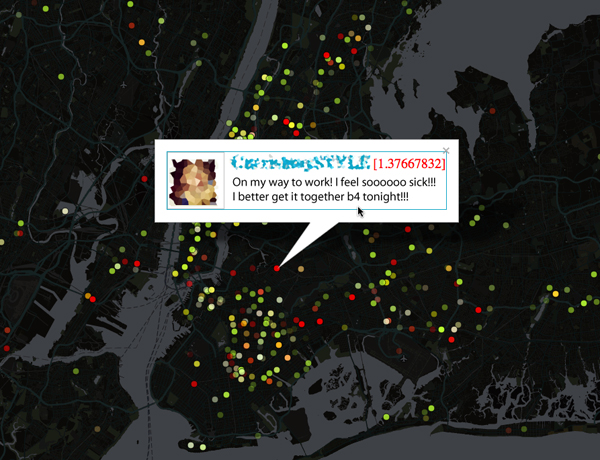Your 735 Facebook friends? They're probably not.
I've written before on the blog about the famous 'Dunbar's Number', from the seminal piece of research by British anthropologist Robin Dunbar that theorized that the number of stable, close social relationships, (typically what we'd call 'friendship'), that humans can sustain at any given time is about 150.
In the old post I referenced some additional academic research that suggested that even with the ubiquity, popularity, and increasing familiarity with the concepts of online social networking, that Dunbar's number still more of less holds. Or said differently, no matter how many 'friends' you make on social networking sites, unalterable things like brain size and the human capacity to form and maintain relationships have not changed, even though your 903 Instagram followers suggest otherwise.
But better than taking my word for it, or reading through a tedious academic research paper, check a recent, short interview with Robin Dunbar himself, that plainly re-states what I know you know is true - no matter how large our social connections grow, we can't truly expand significantly the number of stable relationships that can be maintained.
From the interview on the Technology Review blog:
Q. You famously posited that humans have the cognitive capacity to maintain about 150 stable social relationships. How have tools such as Facebook changed our capacity to handle social connections?
Dunbar: Apparently not at all. It is important to remember that the 150 is just one layer in a series of layers of acquaintanceship within which we sit. Beyond the 150 are at least two further layers (one at 500 and one at 1,500), which correspond to acquaintances (people we have a nodding acquaintance with) and faces we recognize.
All that seems to be happening when people add more than 150 friends on Facebook is that they simply dip into these normal higher layers. If you like, Facebook has muddied the waters by calling them all friends, but really they are not. (emphasis mine).
This isn't to say that social-networking services don't serve a useful function in facilitating our interactions with our "friends," but what they don't seem to do is allow us to increase the number of true friends.
So what, you might be thinking. We inherently know, no matter how many hundreds or thousands of social connections we make, with whom we want to or even have the capacity to maintain close, stable relationships with, the kind of relationships that Dunbar's number suggests max out at about 150.
And that may be entirely true. But as the lines between personal and professional networking and relationships are almost completely gone for many people in their use of social networks like Facebook, I wonder if we are slowly starting to lose the capacity to distinguish the differences.
Google+, and to a lesser extent Facebook, do offer tools to help us sort and categorize these relationships into buckets or groups, but for the few people that seem to bother to attempt this kind of stratification of potentially thousands of contacts, the effort almost seems overwhelming. So, eventually everyone ends up in the same bucket, something that we continue to erroneously call 'friends'.
Will there be, eventually, a kind of kickback effect, i.e., will we start seeing more people actively looking to reduce the number of their connections and even the time they spend cultivating and maintaining these ever-growing, (and demanding) networks?
So far the answer to that seems like no, but if more people come to conclude that all the time, effort, and energy spent online doesn't actually add to your capacity to form and maintain additional meaningful relationships, then perhaps we will one day arrive at a place where one's Klout score begins to diminish with each 'friend' added over 150.
If that were to happen, then maybe 150 would become the new 10,000.

 Steve
Steve


